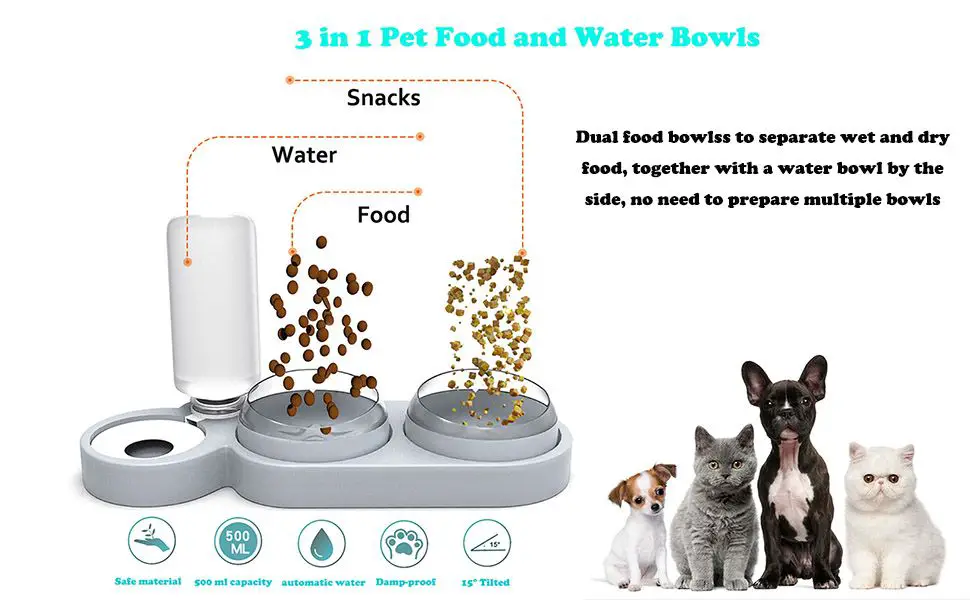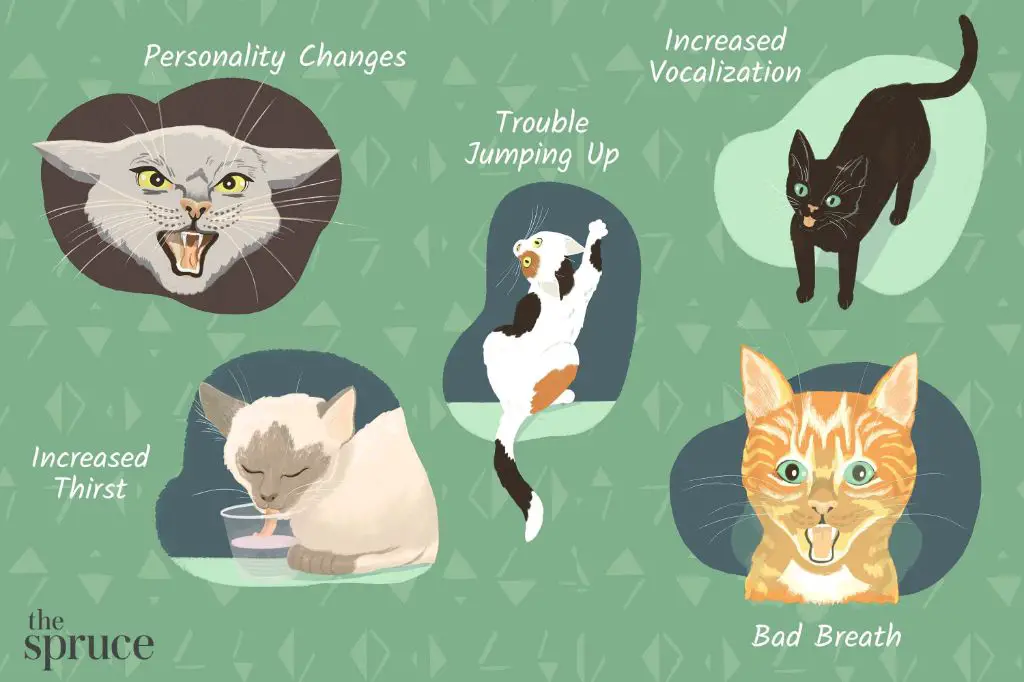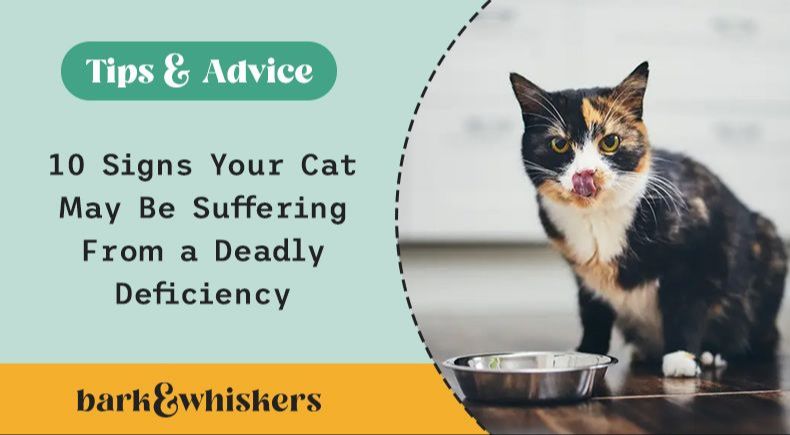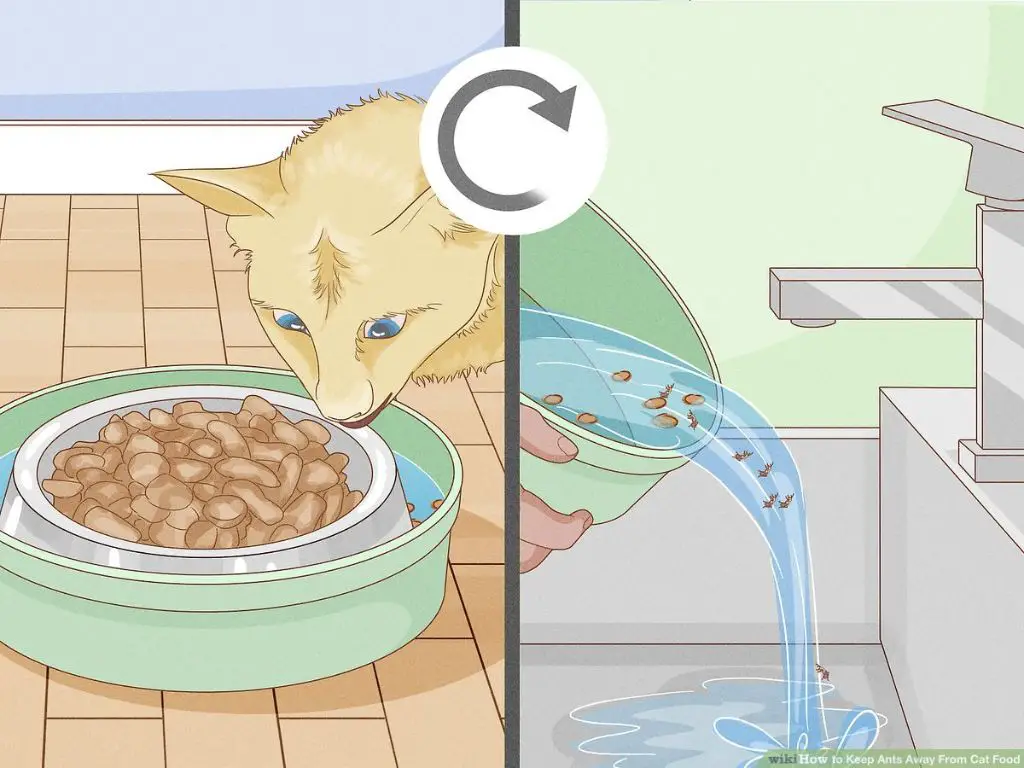Many dog owners wonder if it’s harmful or safe for dogs to eat cat food occasionally. This article will examine whether dogs can eat cat food, the key nutritional differences between dog and cat foods, and the potential health risks and dangers associated with dogs consuming cat food. We’ll also provide tips on how to prevent dogs from eating cat food when owners would prefer they didn’t. The key questions addressed include:
- What are the main nutritional differences between dog and cat foods?
- Is it okay for dogs to eat cat food occasionally or in small amounts?
- What are the potential health risks and dangers of dogs eating cat food regularly?
- How can pet owners prevent dogs from eating cat food?
By the end, readers will understand the effects and risks of dogs consuming cat food and how to keep their dogs healthy.
Nutritional Differences Between Dog and Cat Food

There are some key nutritional differences between dog and cat food that owners should be aware of. Cat food tends to be much higher in protein and fat versus dog food.
According to source, cat food contains about 45-52% protein while dog food contains around 18-25% protein. The protein sources in cat food also tend to be higher quality animal-based proteins from meat rather than plant-based. The higher protein can be hard on some dogs’ kidneys long-term.
Additionally, cat food contains more fat, around 20-25% versus 10-15% in dog food. While cats need higher fat levels for energy, too much fat can lead to weight gain and pancreatitis in dogs.
When it comes to vitamins and minerals, cat food contains more taurine, arachidonic acid, vitamin A, and vitamin B12 compared to dog food. These cater to cats’ unique nutritional needs. But dogs have different requirements for nutrients like calcium, zinc, and vitamin D.
Overall, the nutritional profiles of cat and dog foods are formulated very differently to meet each species’ needs. Dogs lack certain nutrients and have excess of others when consistently eating cat food instead of dog food.
Can Dogs Eat Cat Food Occasionally
While it’s not recommended to make a habit of feeding your dog cat food, the occasional nibble likely won’t cause any harm. Some dog owners may feed their dog a bite or two of cat food as a treat. Others find their dog has managed to get into the cat’s food on occasion.
In small amounts, most healthy adult dogs should be able to tolerate cat food without issues. Cat food is very palatable and dogs tend to love the taste. Additionally, the higher protein and fat content makes it appealing. However, cat food lacks some nutrients dogs need and contains excess minerals that could cause problems if fed long-term.
The most important thing is to only allow your dog to eat a tiny portion of cat food on rare instances. The nutritional imbalance becomes problematic when dogs eat cat food frequently or in large quantities. An occasional cat food snack here and there is unlikely to harm your dog, but should not become a routine part of their diet.
Health Risks of Dogs Eating Cat Food
Eating cat food instead of dog food on a regular basis can pose some serious health risks for dogs. This is because cat and dog foods are formulated to meet the specific nutritional needs of each species.

The most significant health risks associated with dogs eating cat food include:
- Gastrointestinal issues like vomiting and diarrhea. Cat food is higher in fat and protein than dog food.
- Pancreatitis. The high fat content in cat food can inflame the pancreas.
- Nutritional deficiencies. Cat food lacks sufficient vitamin E, vitamin B12, vitamin D, and niacin for meeting canine needs.
- Kidney disease. The high protein and mineral content of cat food may overwork the kidneys over time.
These health issues can result from long-term feeding of cat food or shorter-term instances of overindulgence. Dogs have different nutritional requirements than cats due to metabolic variances between the species. Feeding cat food can lead to an imbalance of nutrients and cause the health problems listed above (https://wesolezwierzaki.pl/can-dog-eat/what-cat-food-can-dogs-eat-a-comprehensive-guide/). Dog owners who wish to supplement their dog’s diet with cat food should do so rarely and in small amounts.
Gastrointestinal Issues
One of the most common side effects of dogs eating cat food is gastrointestinal upset like vomiting and diarrhea. Cat food is very high in protein and fat compared to dog food. The rich fatty acids and dense protein sources found in cat food, such as fish, poultry, and eggs, can overwhelm a dog’s digestive system and cause nausea, vomiting, and diarrhea (AKC, Bottle Tree Animal Hospital).
Cats are obligate carnivores and require higher levels of protein than dogs do. Their diets also have more amino acids like taurine that dogs can produce on their own. The high protein and fat content in cat food can irritate a dog’s stomach and cause inflammation of the pancreas known as pancreatitis (PetHelpful).
Diarrhea from eating cat food can lead to dehydration and electrolyte imbalances. Vomiting may be accompanied by a loss of appetite. These gastrointestinal signs typically resolve within 24 hours if the dog only ate a small amount of cat food. But prompt veterinary care is advised if symptoms are severe or persist beyond a day.
Pancreatitis
One of the most dangerous health risks of dogs consuming cat food regularly or in large quantities is pancreatitis. Pancreatitis is inflammation of the pancreas that can range from mild to life-threatening.
Cat food tends to be much higher in fat and protein compared to dog food. The increased fat and protein puts extra strain on the pancreas to produce the enzymes needed to digest them. This can lead to inflammation and pancreatitis.
Some signs of pancreatitis in dogs include vomiting, diarrhea, abdominal pain, lethargy, and loss of appetite. Severe cases can lead to dehydration, bleeding disorders, diabetes, and even death.
Pancreatitis typically requires intensive veterinary treatment including IV fluids, anti-nausea medication, stomach protectants, and a low-fat prescription diet. The treatment aims to allow the pancreas to rest and recover.(Source)
To avoid pancreatitis, it’s important not to free-feed cat food to dogs and to stick to dog food formulated for their nutritional needs.
Nutritional Deficiencies

There are several key nutritional differences between dog and cat food that can lead to deficiencies if a dog eats cat food regularly (VCAA). Cat food is higher in protein and fat, but lower in carbohydrates. It also contains higher amounts of some vitamins and minerals like vitamin A and taurine. However, cat food is deficient in other nutrients dogs need like calcium, iron, vitamin D, and vitamin B12 (Chewy).
Feeding a dog cat food long-term can result in deficiencies in these key nutrients, leading to health issues. Calcium and vitamin D deficiencies can cause bone problems and fractures. Iron deficiency can cause anemia. Vitamin B12 deficiency can also cause anemia, diarrhea, and reduced appetite. Overall, nutritional deficiencies from eating cat food can cause a poor coat, increased allergies, problems with bones/joints, and a weakened immune system (GetSetPet).
Kidney Disease
One of the biggest dangers of dogs eating cat food is an increased risk of kidney disease. Cat food tends to be much higher in protein than dog food. While cats thrive on high protein diets, too much protein can put a strain on dogs’ kidneys over time[1].
Dog food is specially formulated to have moderate levels of protein that meet but don’t exceed their nutritional needs. Cat food often has 2-3 times more protein than appropriate dog foods. When dogs eat these very high protein diets for extended periods of time, it forces their kidneys to work much harder to filter out the excess protein byproducts.[2]
The increased workload on the kidneys causes strain and damage over time. Kidney disease means the kidneys have lost functioning ability and aren’t removing waste effectively from the bloodstream. This allows waste and toxins to build up and make dogs sick.
Some major signs of kidney disease to watch for include increased thirst, increased urination, weight loss, poor appetite, vomiting, and diarrhea. Catching kidney disease early allows for better management through diet and medication. Left untreated, it can lead to kidney failure and even death.[3]
When to Seek Veterinary Care
In most cases, a dog eating a small amount of cat food on occasion is not cause for alarm. However, you should contact your veterinarian immediately if your dog exhibits any of the following symptoms after eating cat food:
- Vomiting lasting more than 24 hours
- Diarrhea lasting more than 48 hours
- Loss of appetite or refusal to eat for more than 12 hours
- Lethargy, weakness, or depression
- Abdominal pain or bloating
- Increased drinking or urination
- Weight loss
- Difficulty breathing
- Jaundice (yellowing of gums, skin, or eyes)
These can be signs of serious conditions like pancreatitis, kidney disease, or nutritional deficiencies that require prompt veterinary attention and treatment. Do not hesitate to call your vet or visit an emergency animal hospital if your dog displays any of these symptoms after eating cat food.
Early intervention greatly improves the chances of recovery when a dog experiences adverse effects from ingesting cat food. Your vet will likely run diagnostics tests and provide supportive care like IV fluids, anti-nausea medication, and electrolyte supplementation. In severe cases, hospitalization may be required. Being proactive and seeking timely veterinary care can prevent lasting organ damage and save your dog’s life.
Preventing Dogs from Eating Cat Food

There are several effective strategies to keep dogs from accessing and eating cat food, which is crucial for protecting their health.
Feed cats and dogs in separate areas of the home that are blocked off from each other. Close doors and use baby gates to restrict access between rooms where the pets eat. Feed cats up on a counter or cat tree that dogs can’t reach. Supervise mealtimes so dogs don’t sneak in and steal cat food while the cat is eating.
Store cat and dog food in different closets or cupboards. Use baby locks or latches to prevent dogs from opening doors and getting into cat food bags or cans. Keep food storage areas locked when pets are unattended.
Place cat dishes up high where dogs can’t access them. Elevated cat bowls, cat trees, and sturdy shelving are ideal for keeping cat food out of reach.
Consider using microchip-activated cat feeders that only open for the cat wearing the corresponding collar tag. This prevents dogs from breaking in and stealing cat food.
Train dogs using positive reinforcement techniques to avoid counter surfing and stealing cat food. Reward them for staying out of the cat eating zone and ignoring cat food.
Monitoring your pets closely and being vigilant about access to food is key to avoiding dietary indiscretions. With proper precautions, you can successfully keep dogs out of the cat food and maintain healthy diets for both pets.

